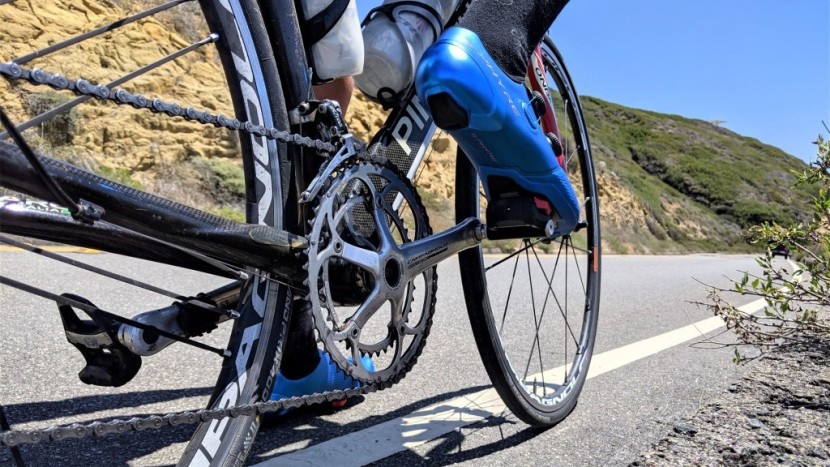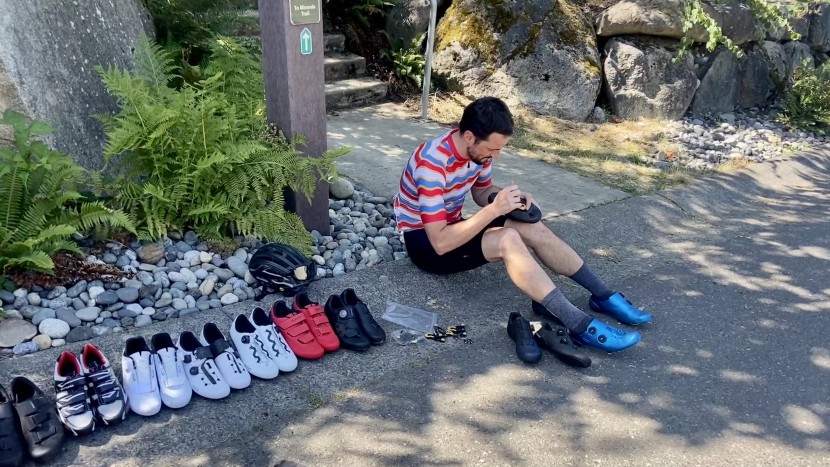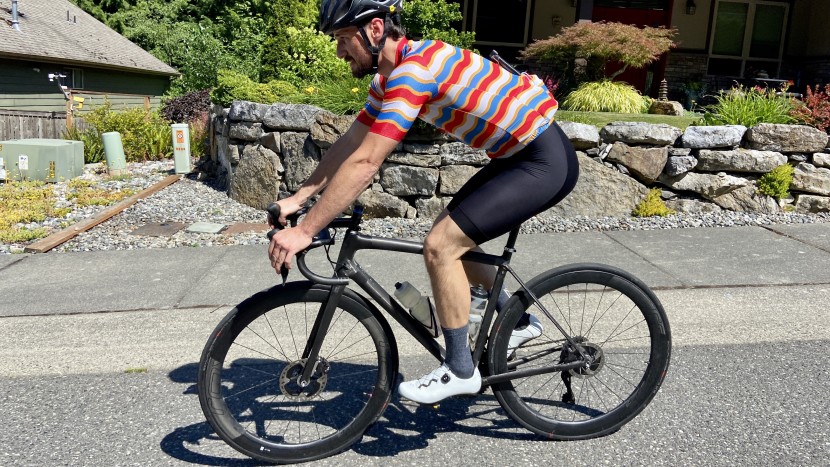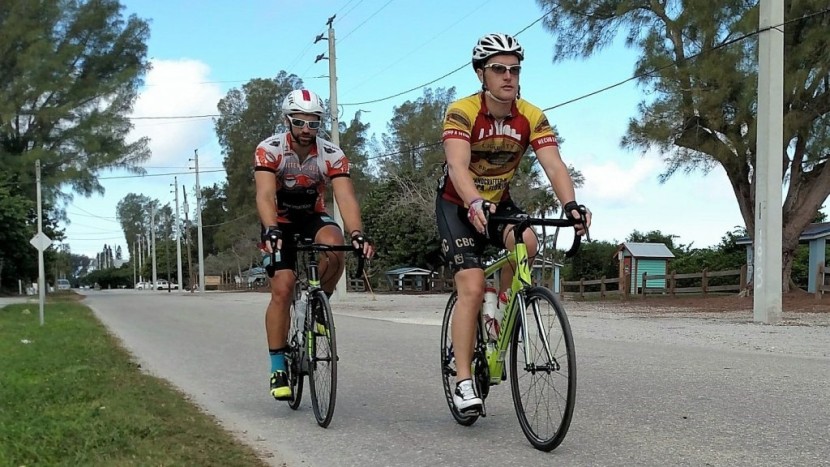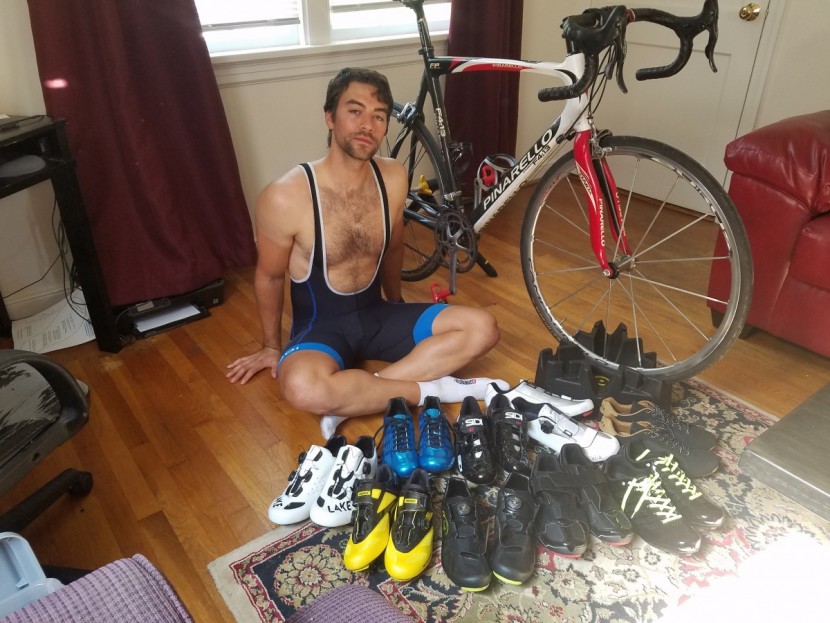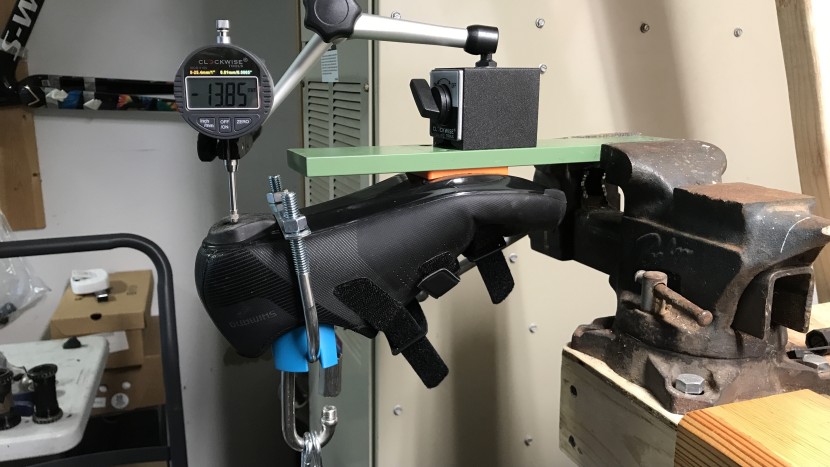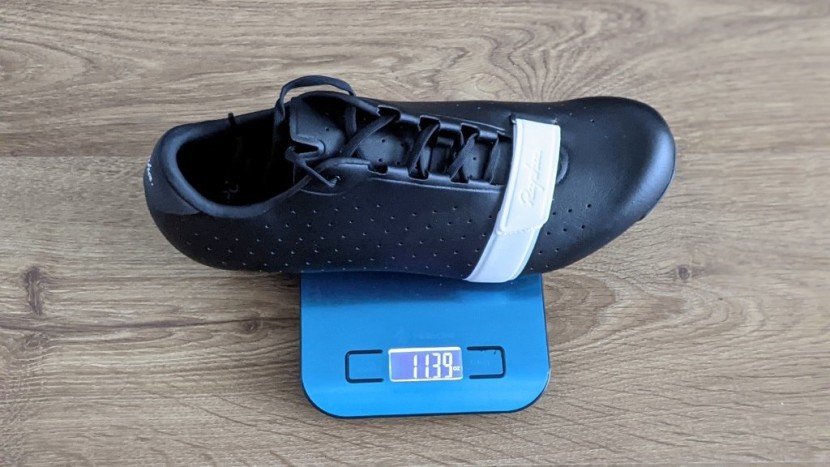A test plan is the starting point for our reviews – it sets the tone for everything from the selection process to where and how long we'll test products to the types of awards we'll hand out. It's the central organizing piece, gives our reviews their structure, and helps us crank out steady, objective analyses. Of course, years of collective experience give us the intuition to make good calls, but breaking down our reviews into performance metrics gives us confidence in our work.
Our In-Depth Testing Process
We aim to be as thorough as possible when we approach our reviews. We're gearheads surrounded by other unbearably nerdy, discerning gearheads. When we conduct our analyses, we want to make sure they pass muster, but we also recognize that there are practical folks out there who just want the boil-down without the tedium. We do our best to accommodate both dispositions while recognizing that the advanced gearheads are probably more interested in small-batch boutique releases of 1967 tungsten carbide cap bolts finished on organic grass than the average cyclist, so we spend less time on that level of detail and just tease out the real-world performance of each bike shoe.
We first scour the market for the top cycling shoes, leaning on technical analysis, research, and experience. We then narrow the selection to only the best products and send them to our testers to ride. Our team subjects the shoes to rigorous testing – pushing, pulling, prodding, and analyzing them to better understand their performance and overall value. We ride hundreds of miles to help you more easily find the best cycling shoes for your needs and budget.
Each shoe sees a lot of time on the bike. Much of our side-by-side testing is handled by riding a set loop that our editors know well and offers an opportunity to tease out the differences between shoes. Longer rides then allow us to dig deeper into those differences, compiling notes to crunch and compare once we're back home.
While it's true that we set to test the latest gear every season, we do keep a lot of the best shoes on-hand to keep riding in them throughout the year. This gives us a great chance to update our reviews with notes on durability or any unexpected performance issues. It also helps us keep tabs on product development and allows us to compare past to current models.
We're incredibly lucky that we get to spend hundreds of miles riding in some of the most beautiful parts of the country in all conditions – hot, windy, wet, flat, hilly, mountainous; if there's road to ride, we're out there. We've tested in the hillsides of southern Virginia, along the Pacific coast near San Diego, and deep in the Pacific Northwest around the biking hub of Bellingham. We lean on our side-by-side testing, thorough research, and in-depth analysis to bring you honest, unbiased reviews based on real-world experience.
Performance Metrics
The remainder of this article will briefly describe our performance metrics. These provide the analytical framework we use to evaluate bike shoes and compare them against each other. We treat these as the guardrails of our analysis. A high score in one metric means that a product performs well in that criteria, but each score is just one data point to help describe the details that contribute to a shoe's overall performance. It's necessary to reduce bias and subjectivity as much as possible, and a very helpful practice to put numbers to our experience. But it is important to point out that the scores are relative to the other products in the review – a low score doesn't mean a shoe isn't worthwhile. It simply means that it performed worse than the competition, which are the best products on the market, so the competition is stiff.
Comfort
Comfort can vary from rider to rider, so we do our best to account for that difference, looking to find consensus. We look at the padding, adjustability, ventilation, and ergonomics. A heavily padded shoe might end up being more comfortable, but it takes a lot of hours sweating in a shoe to see if it is at risk of chafing. If a shoe has limited adjustability, it's unlikely to fit a wide variety of foot shapes – we'll note if a shoe is only comfortable for a small percentage of riders. Additionally, if a shoe has no ventilation in the outsole and a thick, synthetic leather upper with limited mesh, that's a recipe for some sweltering feet. For riders battling the elements, we have to consider if a shoe strikes a good balance of ventilation and all-weather comfort.
Power Transfer
Power transfer directly relates to two main design elements: the stiffness of the outsole and how well the upper holds your foot in place. Most brands do provide a stiffness rating but often don't describe how that rating is obtained or even the units of measurement. This makes it difficult for consumers to compare shoes between brands, so we established a test to quantify sole stiffness in a way that would allow us to compare apples to apples. To conduct our stiffness test, we bolt each shoe to a jig by its cleat mount and then hang 25 pounds from it, using a linear deflection gauge to see how much the sole deflects. We then take into account how well the upper holds our foot in place while riding. If a shoe has a super stiff sole but the heel slips up during hard efforts, it's not going to score as well as a shoe with a similarly stiff sole that locks the heel down nicely.
Durability
We first look at the design and materials that go into a shoe's construction. Attributes like carbon fiber, premium synthetics, low-profile fasteners, reinforced wear zones, and heavy stitching are signs of a durable design. We then put those designs through the wringer with plenty of hard riding. Although our testing process is inherently limited by time, lots of heavy use gives us a good idea of how well a shoe will stand up to regular use. We also look at other product reviews to see if other users have experienced durability problems and keep a lookout for these during our testing – sometimes, it's a one-off issue, and other times, it's a design flaw.
Weight
We simply use a digital food scale and the good old triple-check method. Not all of our editors have the same sized feet, so we note the weight with the associated size. We measure all of the shoes straight out of the box, with the stock insole and no cleats or other hardware. As might be expected, the more expensive carbon fiber shoes tend to be the lightest, and the less expensive shoes tend to be heavier. We then dig into the why – what design decisions and tradeoffs make a difference to a shoe's weight.
Conclusion
One single metric may be useful on its own, but the true value of metrics lies in their combined ability to provide actionable insights. Some shoes may be lightweight but uncomfortable, while others may be super comfy but clunky. Similarly, some shoes may be super ergonomic but don't transfer power efficiently. It takes a considerable amount of time to compile notes and analyze these shoes to determine which metrics require deeper evaluation. However, with time, we can tell the story of each cycling shoe to provide context, expert opinion, and buying advice.

